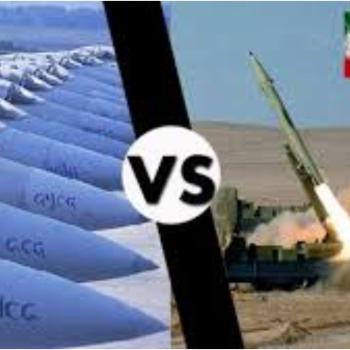Frank Gorman says that ritual in Bible is means of maintaining order of world against chaos: “ritual must function as a means of ‘manipulating’ the orders of creation. It is the means by which the categories of ‘order’ and ‘chaos’ can be negotiated. Ritual thus must be seen as the enactment of the world — it is the bringing into being and the continuation of the order of creation.” And, “Rituals are thus means of holding back social confusion, indeterminacy, and chaos because they provide pattersn for enacting an ordered existence.”
Ritual is seen as a means of controlling, staving off, bounding chaos. Ritual is seen as a means for imposing order on a cosmos that apparently is in utter chaos. We seem to have here a Durkheimian, socialized Kantianism: Through ritual, society imposes order on the world. Victor Turner makes a similar point, suggesting that the liminal is a condition of chaos, but issues in new order.
Christianity does not posit an original chaos, nor is history a chaos. It is ordered down to its least detail by a sovereign Creator. The chaos that exists in the world is not ontological, but a product of sin or of God’s judgment on sin.
Why then ritual? Society does order, but it is not an order imposed on chaos. More often then not, it is a chaos projected against the cosmic order. For Christianity, society and ritual is an order that is analogical to the order of God’s kingdom, which creates a humanenvironment within the divinely created environment. It is man’s fulfllment of the Adamic commission to subdue and rule the earth and construct from the materials of the creation a city and a civilization. Christian ritual claims to be made “according to the tabnit,” the pattern, which was revealed to Moses on Sinai, to Ezekiel by the river Chebar, to John on Patmos.
God is the original ritualist: Genesis 1 has a ritual pattern. God speaks, acts, judges, repeats the process over a period of six days. This ritual activity produces the order of creation, but it’s not an order brought out of chaos. The TOHU is a protological but not a chaotic condition, as a fetus is a protological but not a chaotic human.
Man is set in the world not to order someting that is disordered, to bring control onto something that is out of control. Rather, his task is one of glorification, to build on the order of the world and to move it from glory to glory. Ritual glorifies the created order, enhances it, not by making it orderly, but by adorning the order.
God brings a world into being through separations and fillings. Separations set up the zones of created life, and then God “peoples” the zones with appropriate beings. Apart from the temporal separations of day and night, the spatial separations are all separations of water. Waters above and below, divided by the firmament, create the zones of heaven and earth. Waters are parted to create zones of earth and sea. Thus each of the “rooms” of the the triple-decker cosmic house either is water or is bounded by walls of water.
All of this is made from the formless and voidness of Genesis 1:2. The structure of this verse suggests that the “deep” is equivalent to the formless and voidness. Genesis 1 therefore describes the Spirit’s shaping of cosmic order from an original formless watery deep. The world emerges from water.
Water is hus an appropriate ritual image for baptism, even infant baptism. Baptism marks a beginning, a new creation, the emergence of a new man from the waters of the deep. The beginning is not yet glorified and fully formed, but neither is it chaotic. A child is plunged into the water, but it will take time, separations, fillings to give shape to the life that begins in water. Like the water, the newly baptized is made ready for shaping through willing and obedient submission to the “pattern (TYPOS) of teaching,” the baptized is molded into the image of Christ. The waters part, and the dry land appears.














